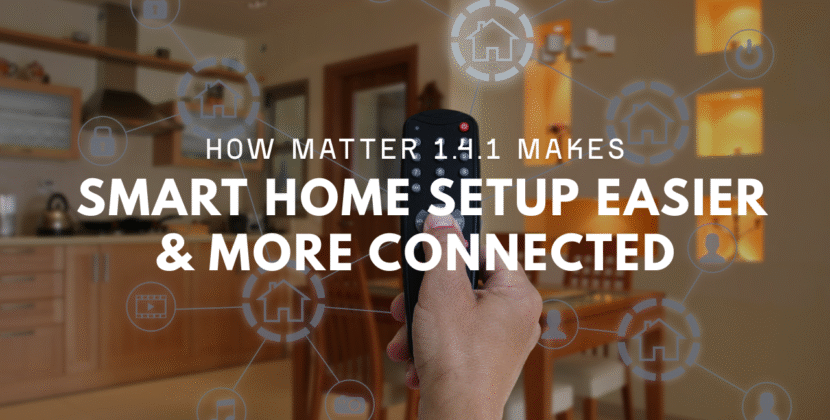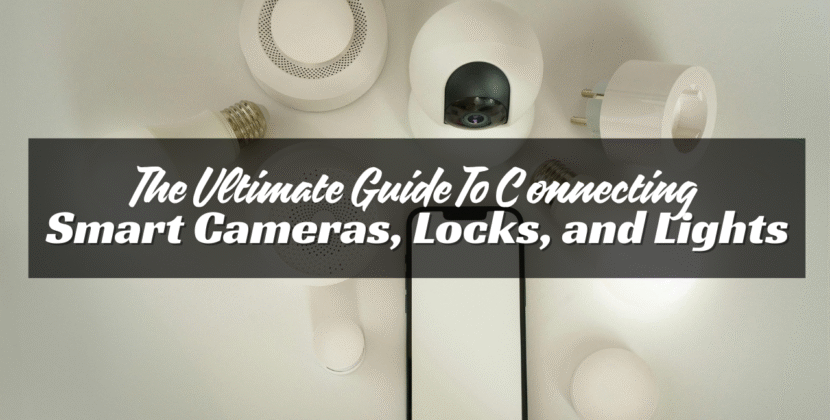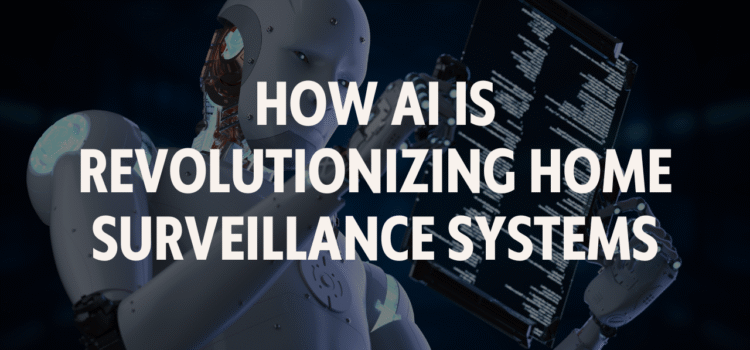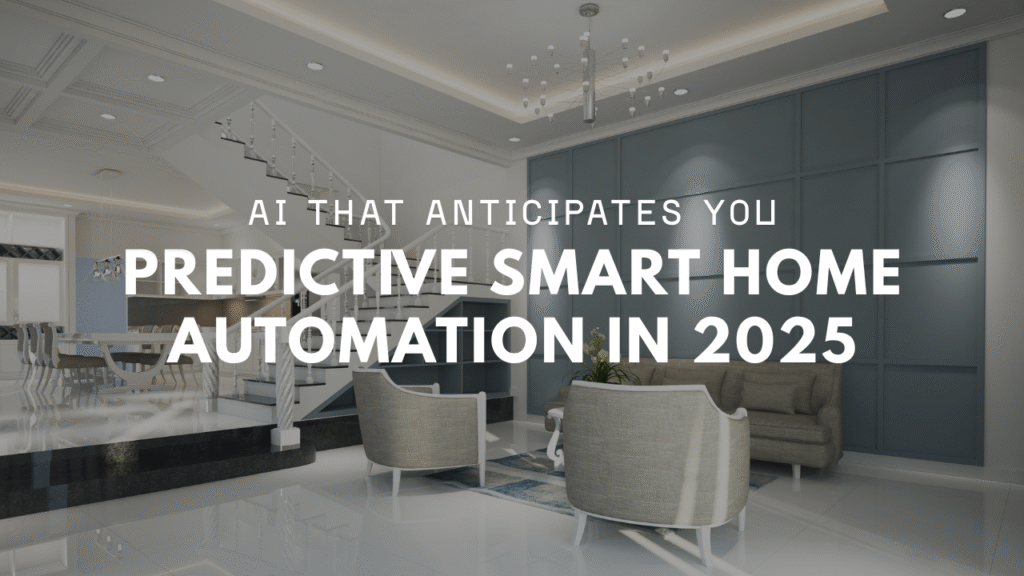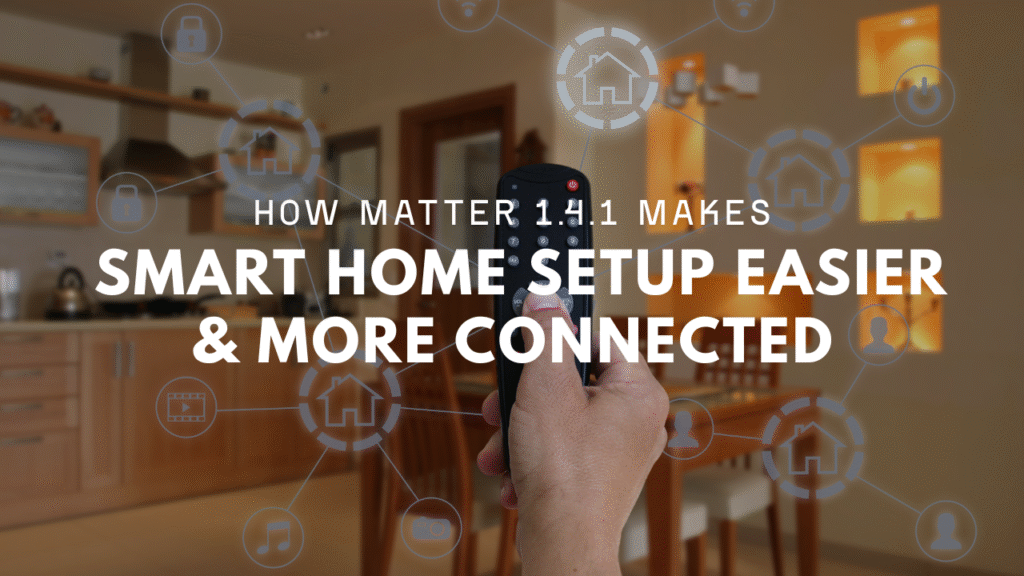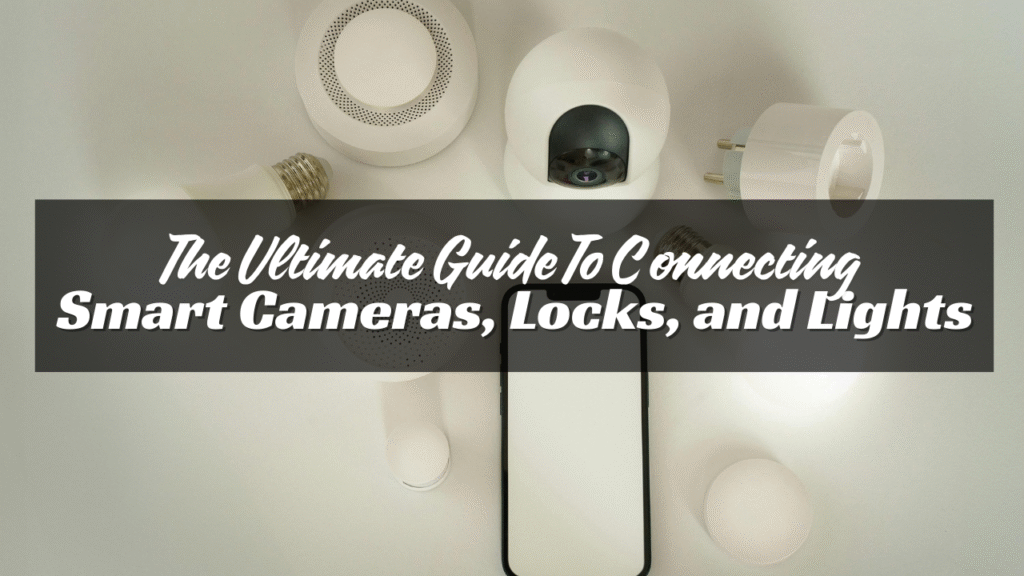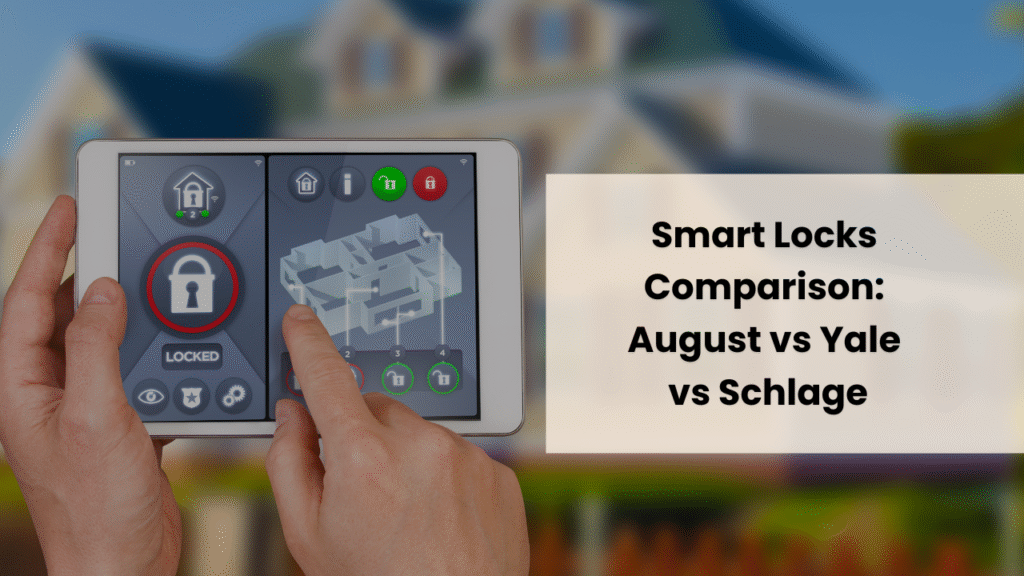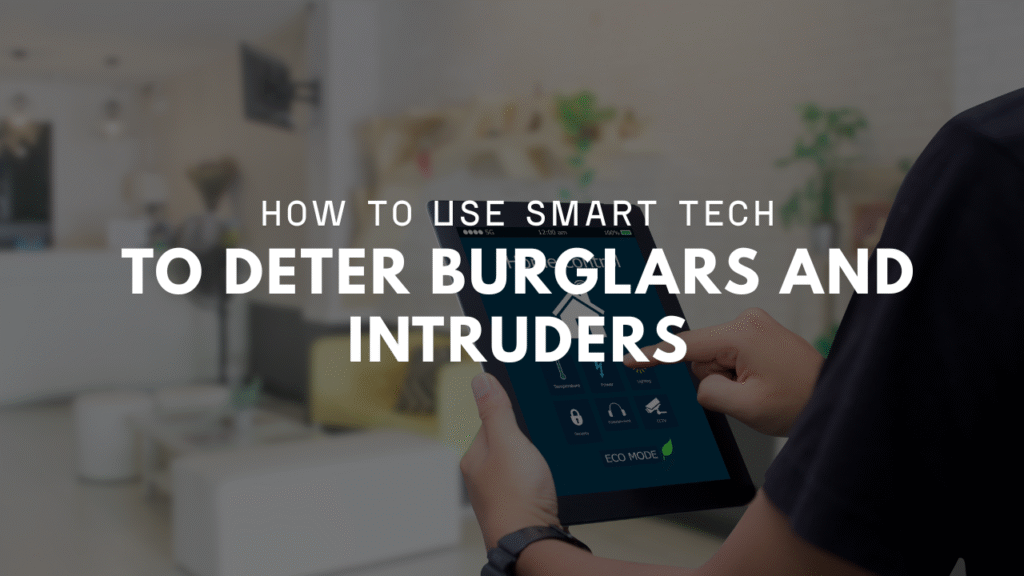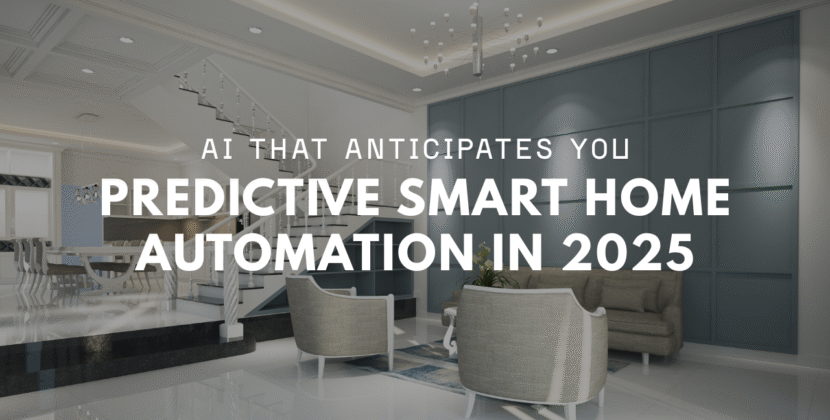
Home security has changed a lot in recent years. Cameras are no longer just silent watchers. With AI, they now think, learn, and react. They help spot problems faster and cut down on false alarms. This change has made homes safer and smarter. Here’s how AI is shaping the future of home surveillance.
Smarter Motion Detection
Old cameras recorded everything that moved. That meant birds, shadows, and even tree branches triggered alerts. This wasted time and filled up storage fast. AI cameras can now tell the difference between a person, pet, or car. They only record what matters. This saves space and keeps alerts useful. Some systems even let you set zones. For example, you can block off the street view so passing cars don’t trigger an alert.
Facial Recognition
Some AI cameras can recognize faces. When someone walks up to your door, the system checks if it’s someone you know. You can:
- Get alerts when family members arrive
- Spot strangers near your door
- Review clips by name, like “Tom” or “Mom”
You can also mark faces as trusted or untrusted. Trusted faces won’t send alerts. Untrusted ones will. Not all systems offer this. And not everyone wants it. Still, it’s a strong feature if used carefully and with privacy in mind.
Real-Time Alerts
AI makes alerts faster and more helpful. Instead of just saying “motion detected,” your app might say:
- “Person spotted in backyard at 2:43 p.m.”
- “Unknown face at front door”
- “Car pulled into driveway”
This gives you context. You can decide fast if it’s a threat or not. Some systems even send a photo or short clip with the alert. That means you don’t need to open the app to check.
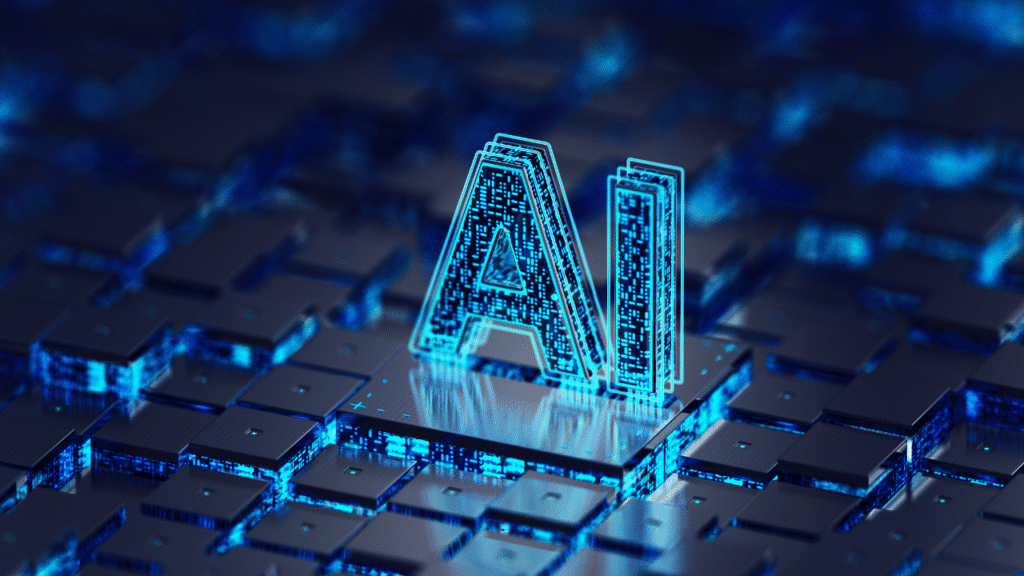
Integration with Other Smart Devices
AI-powered cameras often link with other smart devices. This can trigger actions based on what the camera sees. For example:
- If a person is seen, turn on porch lights
- Open the garage, If a car pulls in,
- When stranger is detected, lock the doors.
These small steps add up to stronger safety and more convenience.
Smart Audio Features
Many AI cameras now include audio tools. This helps in two ways:
- Two-way talk: Speak to someone at your door without opening it.
- Sound alerts: AI can detect things like glass breaking, smoke alarms, or shouting.
If the system hears something strange, it alerts you—even if there’s no motion. This makes cameras more aware of their surroundings.
Activity Summaries
Going through hours of video is boring. AI now helps you skip to the good parts. Many systems create:
- Daily summaries
- Event highlights
- Time-lapse clips
You can quickly see what happened in one minute instead of watching all day. Some systems sort clips by type—people, cars, animals, or sounds. This helps you find what you’re looking for fast.
Learning Over Time
AI cameras get better the more you use them. If you always ignore alerts for your dog, the system learns to stop sending them. If you always respond to visitors at the door, it starts flagging those as top priority. This learning makes the system feel more personal. It works the way you want it to.
Cloud and Local AI Processing
Some systems utilize the cloud to run AI, while others do it directly on the device.
- Cloud-based AI: Needs Wi-Fi and sends data to remote servers. Often more powerful.
- On-device AI: Works faster and protects privacy better. No need to send data online.
Brands like Arlo, Nest, and Eufy now offer both types, depending on your needs and budget.
Privacy and Control
AI brings great features—but privacy matters too.Here are ways to stay in control:
- Turn off face tagging if not needed
- Use strong passwords
- Keep your app and camera software updated
- Use encrypted storage if offered
- Check logs to see who accessed video
Some systems let you pause cameras or mute alerts when you’re home. Others blur faces in saved clips unless you approve. The best systems give you full control over what’s recorded and when.
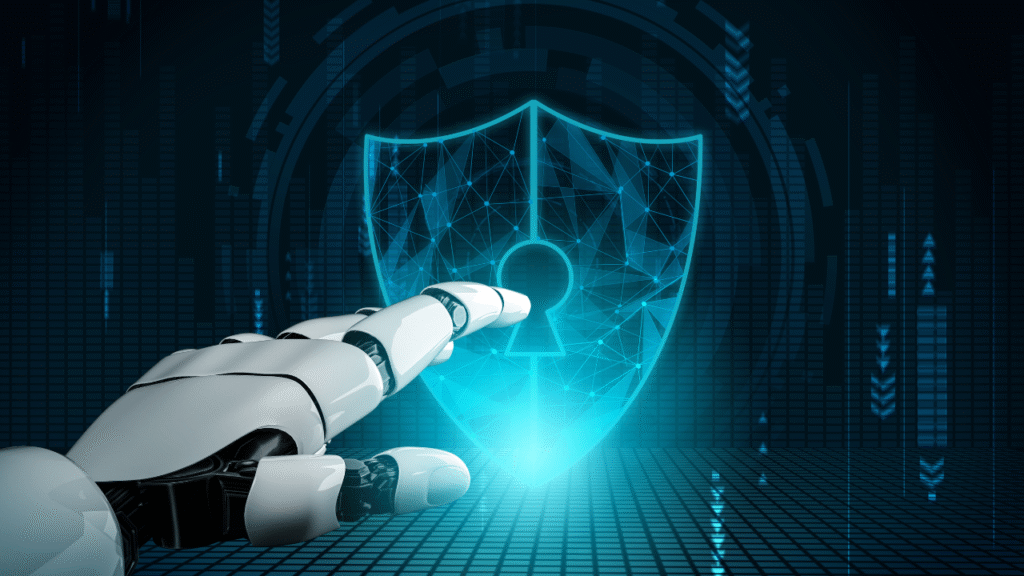
Lowering False Alarms
One of the biggest wins from AI is fewer false alarms. Before, a bug could trigger a motion alert. Now, the system checks the shape, speed, and size of objects before sending you a message. This saves you from looking at endless pointless clips. You only get alerts that matter.
Crowd Detection and Package Watching
AI cameras also help with two growing issues—crowds and package theft.
- Crowd detection lets you know if too many people gather near your door.
- Package detection alerts you when a box is dropped off. Some cameras even watch the package until it’s picked up.
Some even work with smart locks, so you can see a visitor and unlock the door if needed.
Emergency Help
Some AI systems offer built-in help buttons or panic modes. If something serious happens, you can tap a button to alert police, fire, or medical teams. Other systems detect threats like fire or gas leaks and alert you right away. This brings peace of mind, especially when you’re not home.
Conclusion
AI has changed how we use home security cameras. It helps you see real threats, not just movement. It gives you control, speed, and peace of mind. With smart alerts, face tagging, and event summaries, you no longer have to guess what’s going on. Setting up AI cameras is easier than ever. You don’t need to be a tech expert. Just follow the app, place the camera, and go. As AI keeps improving, home security will only get smarter, and life will get a little safer every day.

